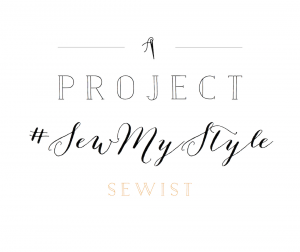Crafting with a chronic illness can be a bit of a roller coaster for some. One day, your hobby is a lifeline, providing you with a focus and keeping your mind in the present, the next it is exacerbating your symptoms.
Three years ago, I was diagnosed with Non-Radiographic Ankylosing Spondylitis (which I will refer to as AS from now on). At the time, it was almost a triumph because it had been a long year of visit various health professionals and being able to put a name to the symptoms provides a grounding in a way. That is, of course, until you have to acknowledge that it is something that is not going to go away and will affect you for the rest of you life.
I thought it might be useful to share what I have found helpful for my circumstance in case it is also useful for someone else. Everyone is different though, so you must keep problem solving until you find your own strategies.
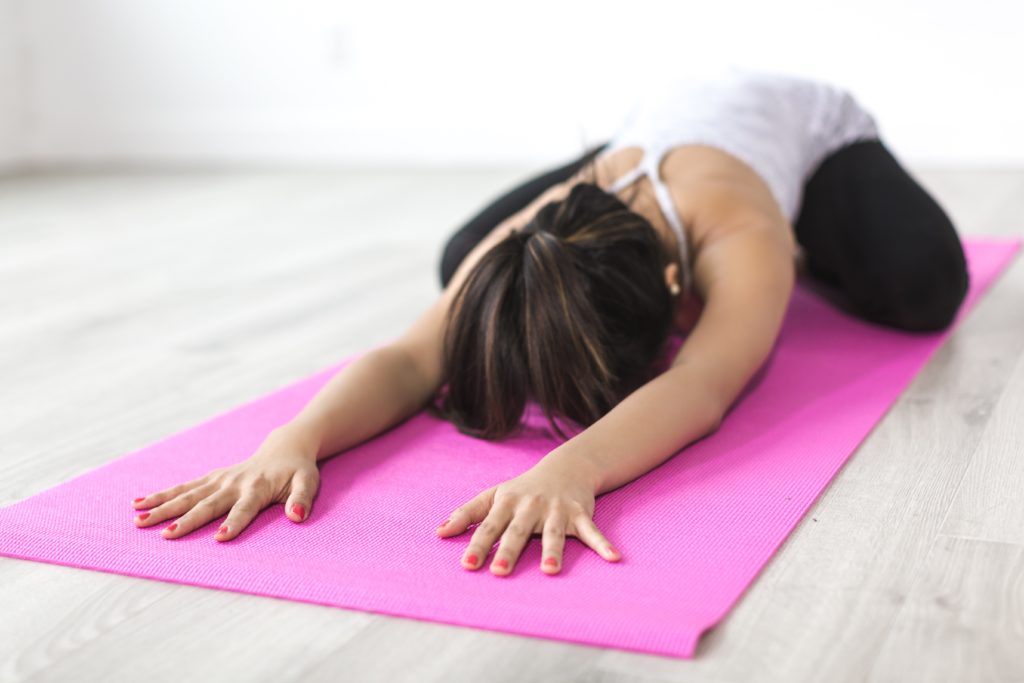
1. Build a consistent routine to complete your physio exercises/stretches
One of the most important lessons I have learned is to do strengthening and stretching every morning. I used to do this before bed, but as I have built up my strength, I have found that it now works best as part of my morning routine. It may not sound very craft based, but this form of exercise has been the biggest improvement on my AS symptoms, which in turn allows me to craft much more frequently.
I use the Yoga with Adrienne Youtube channel and her free calendars to guide my exercises in the morning. I find that her Yoga sessions incorporate many of the exercises that I was advised to do when I went to Physio sessions at the hospital but it means that I keep my exercises varied. Following the calendars keeps me interested and engaged. There’s also a source of satisfaction being able to cross off another day if you print off a copy of the calendar!
I have found that doing my physio exercises/daily yoga has been the biggest gamechanger in the last year. It has helped me build up my cardio fitness to the point that I can run once more at the pace I used to 5 years ago. And ultimately, exercise prevents my spine from fusing and strengthens my body.
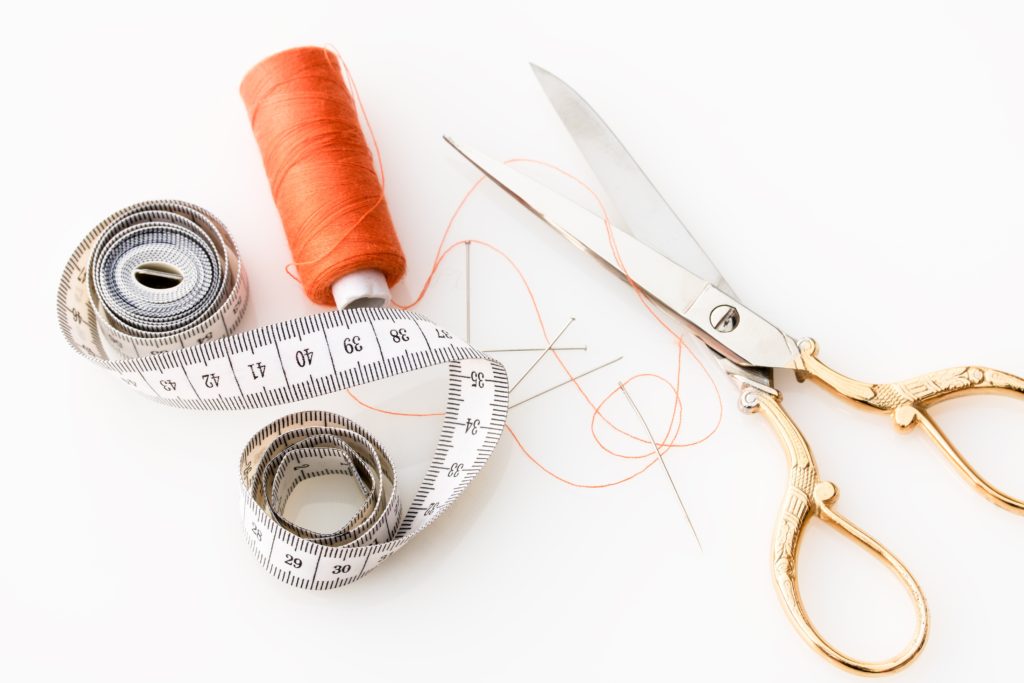
2. Cut out any fabric on a table rather than the floor if possible
When I first moved to Cornwall, my first sewing project was making a beach towel dress/cover up. It involved tacking a lot of bias binding around the edges as well as tacking a long zip down the centre in place. Toward the end of this project, I got what felt like sciatica (but probably was an early symptom of AS) and struggled to walk around.
I had not used a table up until this point as I always worried that it would not be long enough or that I would damage the table somehow. However, I became more susceptible to back or joint pain as I continued to use the floor so I gave table cutting a try and have not looked back.
I would recommend moving over to table cutting as it prevents triggering symptoms or general back pain.
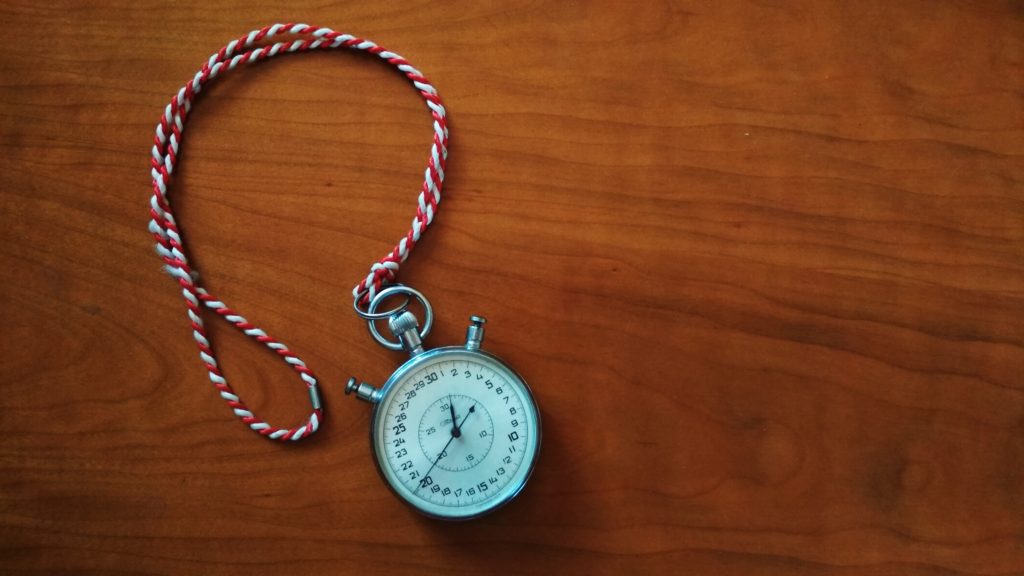
3. Commit to 15 minute chunks of craft time
The biggest symptom I suffer from with AS is fatigue. Darned fatigue! It’s an exhaustion like no other and I find that it can sweep project timescales away and demotivate me.
I began 15-minute daily sewing time to get me back into sewing. I had found that my sewing was non-existent, so providing a small window of time meant that I knew it was limited and I couldn’t drain myself from doing too much.
It is naturally easier to do small bursts of sewing when you have a dedicated area to craft. This is something I would recommend if possible, and it is worth being creative if any naturally good craft areas do not pop out in your home.
However, it is still possible to progress in a project in 15 minutes even if you have to set up and dismantle your work area. Focus on the particular stage of the project you are on and only set up what you need. Plan ahead for the next day and ensure that you can easily set up for next time.
It is amazing what you can do in 15 minutes. It is a great confidence booster and can be quite mindful as you may find you concentrate much better when you know your craft time is limited.

4. For longer crafting sessions, set a timer to prevent staying in one position for too long
With AS, the main prevention is to stop your spine fusing in a curved shape, typically known as a hunch. Crafts are not always the best for your posture. I keep catching myself stopped over some fabric, or twisted up on the sofa with my knitting. Poor posture usually aggravates symptoms as well.
If I am knitting and watching a program on TV, I try to use my yoga blocks to sit in a more mindful way. If I am sewing, I move around a bit more, but I find a time every 25 minutes can remind me to pause, take a few stretches, before resuming.
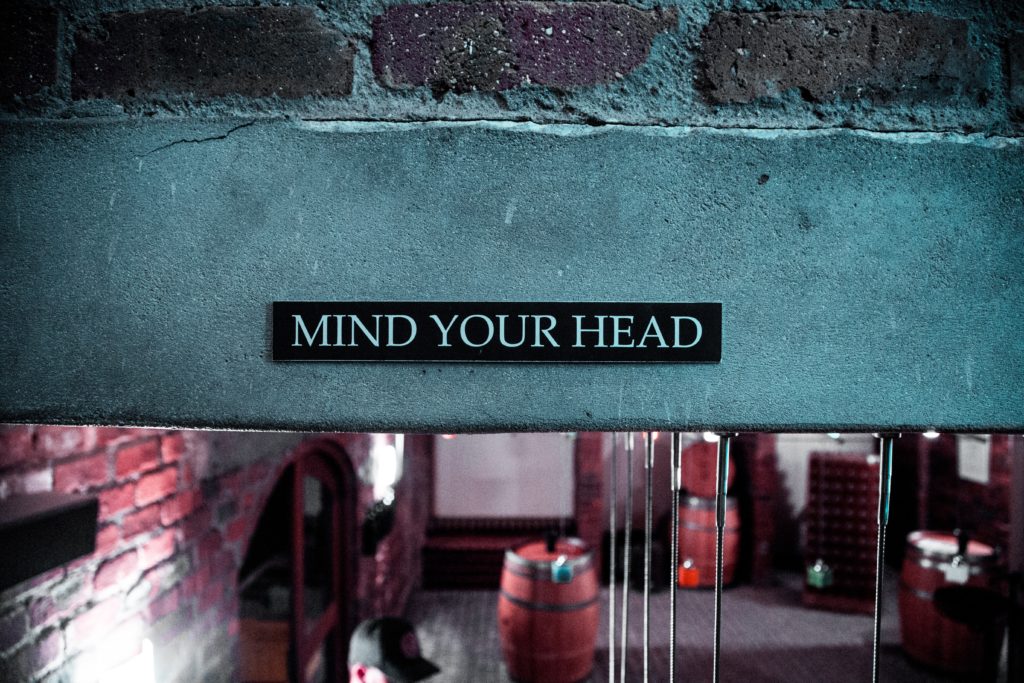
5. Monitor your thoughts; be kind to yourself
Be mindful of your internal dialogue, especially if you are used to being an achiever and your body is not keeping up with your mind! It can be challenging to notice, but once you do, it is interesting to hear how harsh you can be.
Too much negative thinking can affect your esteem and have a knock on effect on your crafting. Keeping it in check will help prevent its consequence.

6. Have a “crash basket” where you flop
When the exhaustion gets too much and the fatigue sets in (or as others say, when you have run out of spoons) I find that having a blanket, foot stool, reading book or perhaps the remote control for the TV, and a bit of crocheting, knitting or hand embroidery within arm’s reach is useful. Sometimes you have to embrace the flop and let it happen so that you can get to the recovery stage.
That’s all my tips for today. If you do have any useful tips to share, I’d love to hear them in the comments below, or feel free to contact me.
Watch it on the Vlog
I’ve linked my video on these tips below:

